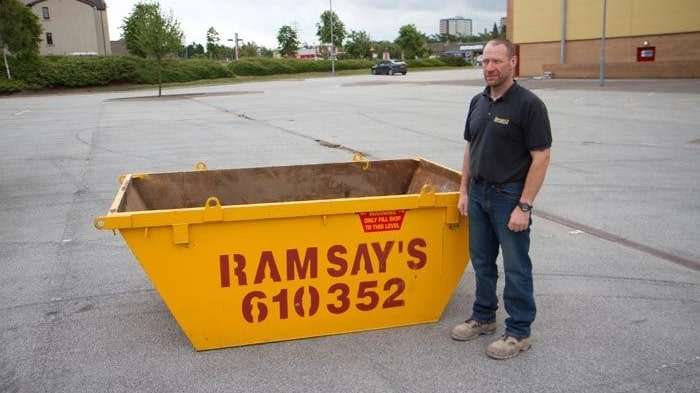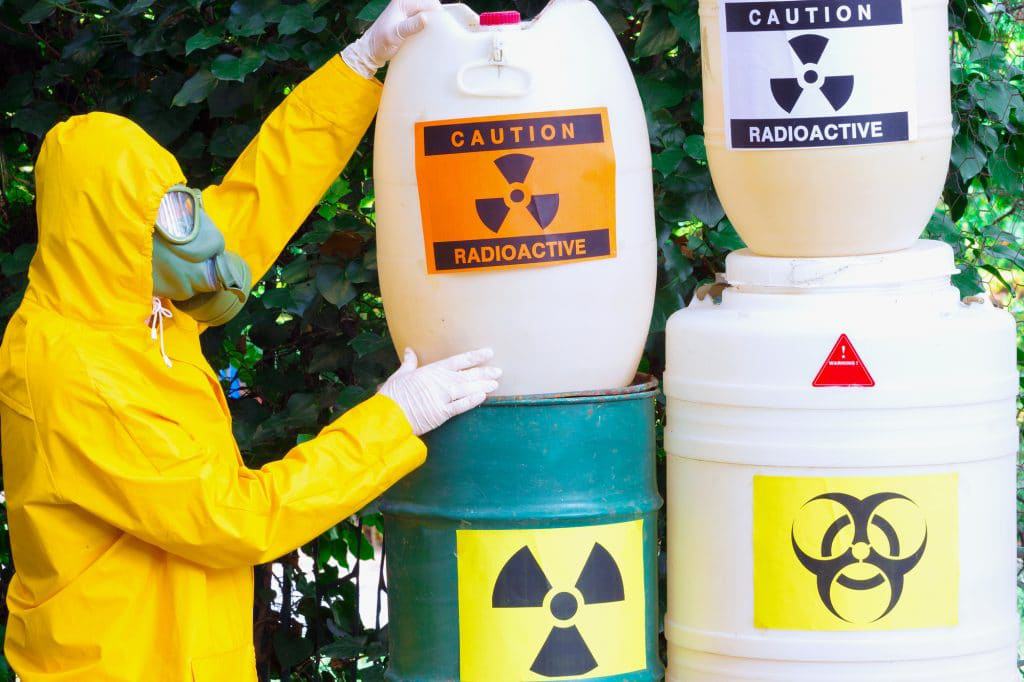A Guide to Mini Skips
Table of Contents
Mini skips have become a popular choice for waste disposal due to their compact size and versatility. Whether you are renovating your home, working on a landscaping project, or organizing an event, mini skips offer a convenient solution for managing small-scale waste. In this guide, we will explore the usage, sizes, costs, safety precautions, sustainable waste management, industries benefiting from mini skips, maintenance tips, best practices, and more.
What are mini skips?
Mini skips are smaller versions of traditional skips used for waste disposal. They are typically sized between 2 to 4 cubic yards, making them ideal for handling smaller volumes of waste. These skips are available in various sizes and can be transported easily, allowing for flexible waste management options.

Usage and Benefits
Versatility and convenience
Mini skips offer versatility for waste disposal in a range of projects. Whether it’s a home renovation, garden landscaping, or cleaning out a garage, mini skips can accommodate different types of waste materials such as rubble, soil, furniture, or general household waste. Their compact size allows them to be placed in tight spaces, making them suitable for both residential and commercial areas.
Waste disposal for small-scale projects
When undertaking DIY or small-scale projects, managing waste can be challenging. Mini skips provide a practical solution by keeping the waste contained, minimizing clutter, and allowing for easy disposal. This saves time and effort that would otherwise be spent on multiple trips to a waste disposal facility.
Environmental impact
Proper waste management is crucial for environmental sustainability. Mini skips help in reducing the impact of waste on the environment by ensuring proper disposal. They allow for waste segregation, making it easier to recycle and reuse materials, reducing the amount of waste going to landfills.
Sizes and Capacity
Mini skip sizes available
Mini skips are available in various sizes, typically ranging from 2 cubic yards to 4 cubic yards. The size you choose depends on the volume and type of waste you need to dispose of.
Determining the right size for your project
To determine the appropriate skip size for your project, assess the amount and type of waste you will generate. Consider the space available for skip placement and consult with skip hire companies for expert advice on choosing the right size. Avoid overfilling skips as it may incur additional charges or pose safety hazards during transportation.
Cost and Hiring
Factors affecting the cost
The cost of hiring mini skips can vary based on factors such as skip size, duration of hire, location, and waste disposal regulations. Larger skips may cost more than small skip sizes, and additional charges may apply for hazardous waste materials.
Hiring procedures
To hire a mini skip, contact local skip hire companies or search online for skip hire services in your area. Compare prices, inquire about availability, and discuss any special requirements for your project. Ensure the selected company follows proper waste disposal regulations and provides reliable service.
Safety Precautions
Proper loading techniques
When loading a mini skip, practice proper lifting and throwing techniques to prevent injuries. Place heavier items at the bottom and distribute the load evenly to maintain stability. Avoid overloading the skip past its capacity to prevent spillage or accidents.
Legal restrictions
Some waste materials have specific legal restrictions, such as asbestos or certain chemicals. Always check local regulations regarding prohibited items before disposing of waste. Failure to comply with these regulations can result in fines or legal consequences.
Hazardous materials
Dispose of hazardous materials separately as they require special handling and treatment. Never mix hazardous waste with general waste. Contact your local waste disposal authority to learn about the proper disposal methods for hazardous substances.
Sustainable Waste Management
Recycling and reuse
Minimizing waste is an essential part of sustainable waste management. Before disposing of items in a mini skip, consider whether they can be recycled or reused. Separate recyclable materials and take them to appropriate recycling facilities.
Proper waste segregation
When loading the skip, separate waste into different categories to facilitate recycling. Clearly mark any hazardous materials for separate disposal. Proper waste segregation helps reduce the environmental impact and allows for efficient recycling.
Local waste disposal regulations
Familiarize yourself with local waste disposal regulations and guidelines. Different areas may have specific regulations concerning waste separation, recycling, and proper disposal methods. Ensure compliance with these regulations to avoid penalties and contribute to responsible waste management.
Industries Using Mini Skips
Construction
Construction sites often generate large amounts of waste materials such as concrete, bricks, and timber. Mini skips provide a convenient solution for construction companies to dispose of this waste efficiently, maintaining a safe and organized work area.
Landscaping
When undertaking landscaping projects, waste materials like soil, grass, and branches need proper disposal. Mini skips allow landscapers to conveniently remove and dispose of waste, leaving clients with a clean and tidy outdoor space.
Home renovations
Whether it’s a small home improvement project or a complete renovation, mini skips offer an effective waste management solution. They can handle various materials generated during renovations, such as old furniture, plasterboard, tiles, or general construction debris.
Events and festivals
Organizing events and festivals inevitably produces waste. Mini skips placed strategically around the venue help with waste collection, ensuring a clean environment during and after the event.
Maintenance and Care
Preventing damage to skips
To ensure proper functioning and longevity of mini skips, avoid overloading or exceeding weight limits. Do not dispose of items that could damage the skip, such as sharp objects or corrosive chemicals. Additionally, protect the skip from vandalism or unauthorized use.
Cleaning after use
When you finish using a mini skip, make sure to clean it before returning it to the hire company. Remove any debris or waste residue, ensuring the skip is empty and free of contaminants. Cleaning the skip prevents foul odours, pests, and potential health hazards.
Best Practices
Research and compare options
Before hiring a mini skip, research different companies and compare their services and prices. Read customer reviews and testimonials to ensure they provide reliable and efficient waste management solutions.
Plan waste removal in advance
Consider waste removal as an integral part of your project plan. Calculate the estimated amount of waste, determine the appropriate skip size, and schedule its delivery and collection in advance. This way, you can ensure a smooth waste management process and avoid unnecessary delays.
Follow local waste management guidelines
Stay informed about local waste management guidelines and regulations. Familiarize yourself with proper waste disposal methods and adhere to recycling practices. By following these guidelines, you contribute to a sustainable waste management system.
Conclusion
In conclusion, mini skips offer a convenient and versatile solution for waste disposal in small-scale projects. Their compact size, range of available sizes, and ease of transportation make them suitable for various industries and applications. By following proper safety precautions, practicing sustainable waste management, and adhering to local regulations, you can effectively manage waste while minimizing environmental impact.
FAQs
Q: Can I dispose of hazardous materials in a mini skip?
A: No, hazardous materials require special handling and should be disposed of separately. Contact your local waste disposal authority for guidance on handling hazardous waste.
Q: How do I determine the right skip size for my project?
A: Assess the volume and type of waste you will generate, consider the available space for skip placement, and consult with skip hire companies for expert advice on choosing the appropriate size.
Q: Do I need a permit to place a mini skip on the road?
A: Depending on your location, you may need a permit to place a skip on a public road. Contact your local authorities or skip hire company to verify the requirements.
Q: Can I place a mini skip in my backyard?
A: Yes, mini skips are designed to fit in smaller spaces, including backyards. Ensure there is sufficient access for delivery and collection.
Q: What happens to the waste once the skip is collected?
A: The collected waste is transported to a licensed waste management facility, where it undergoes proper disposal, recycling, or treatment, depending on the waste type.

